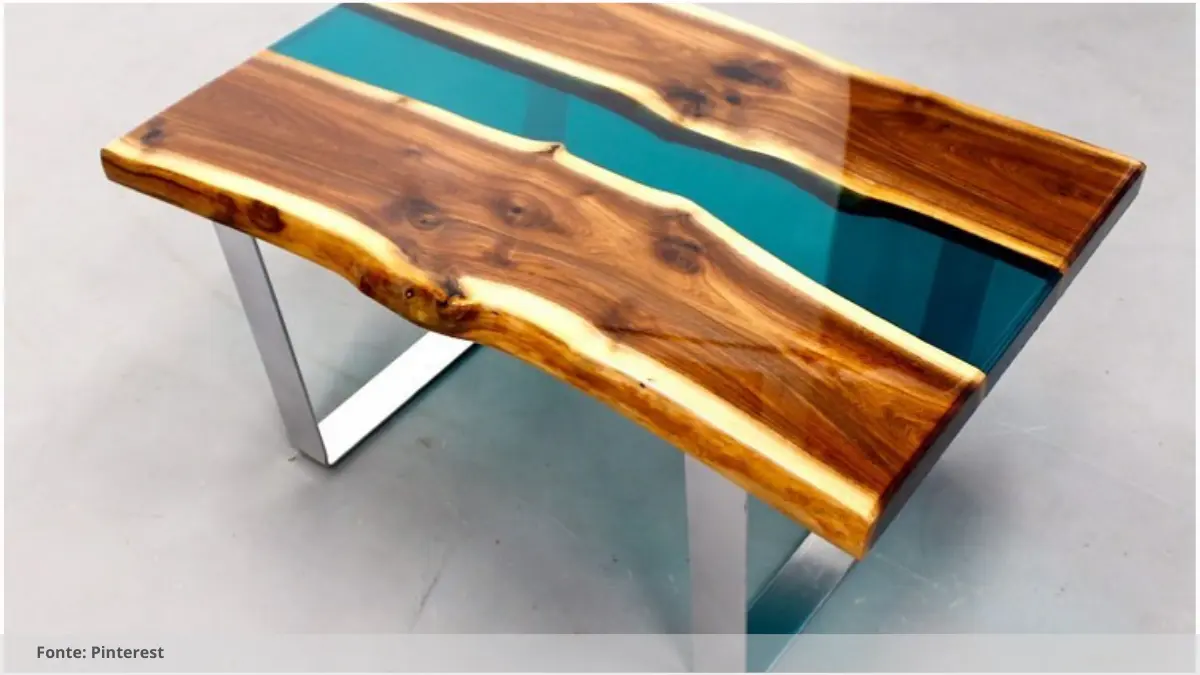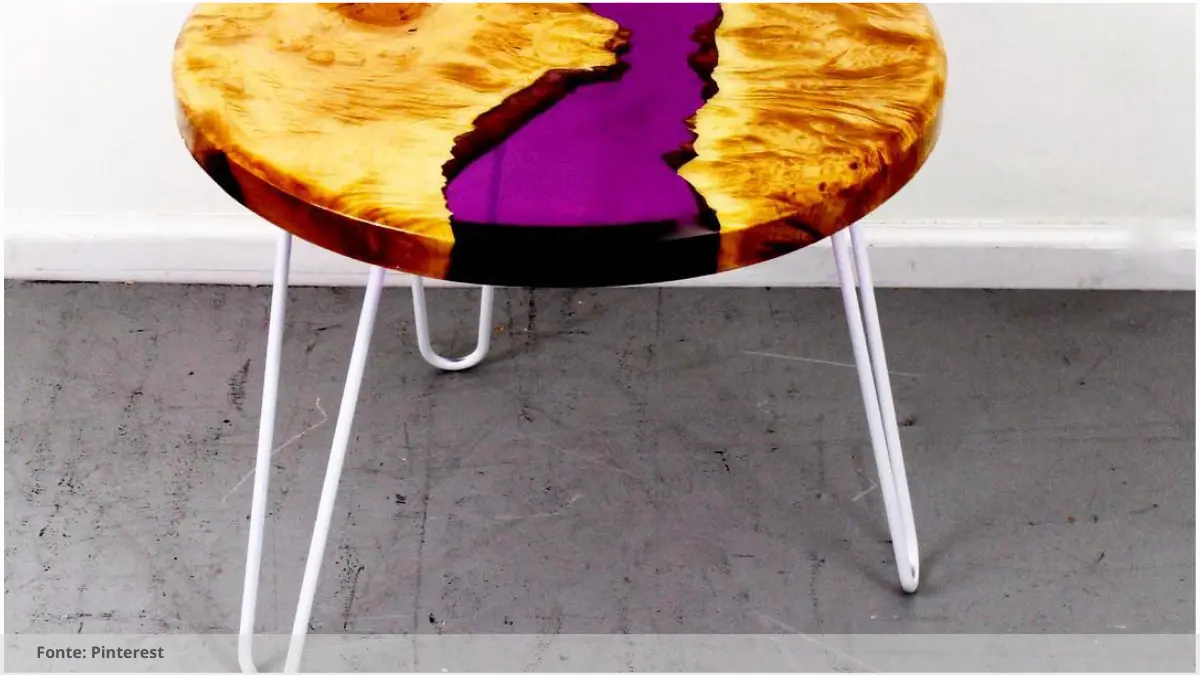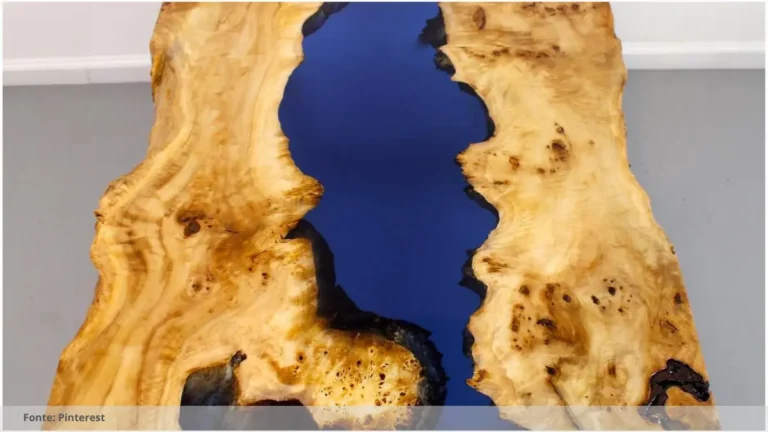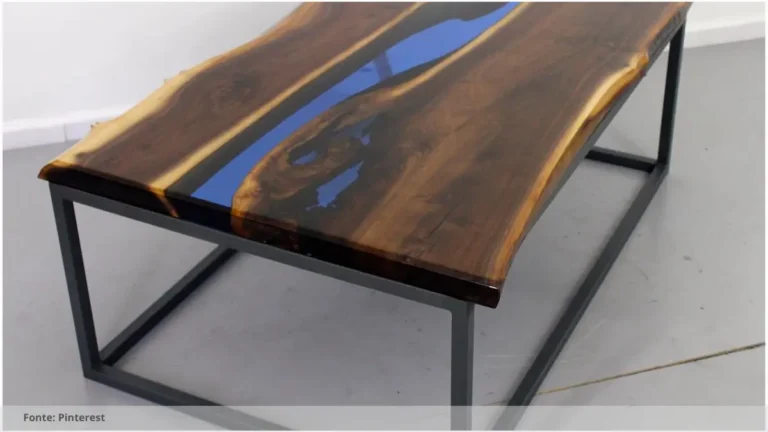
How to Epoxy Wood Table
Epoxy wood table is a popular choice for those looking to add a stunning finish to their furniture. Epoxy is a type of resin that, when mixed with a hardener, creates a durable and glossy coating that can be applied to various surfaces, including wood. Epoxy wood tables are known for their smooth and glass-like finish, making them a great choice for anyone looking to add a touch of elegance to their home decor.
Why Epoxy Wood Table
There are many reasons why epoxy wood tables are a great choice for furniture projects. Epoxy provides a durable and long-lasting finish that is resistant to scratches, stains, and heat. Additionally, epoxy can be customized with different colors, pigments, and effects to create a one-of-a-kind piece that reflects your personal style. Epoxy wood tables are also easy to clean and maintain, making them a practical choice for everyday use.
How to Epoxy Wood Table
To epoxy a wood table, you will need the following materials: epoxy resin, hardener, mixing cups, stirring sticks, paintbrush, sander, sandpaper, and protective gear. Here are the steps to epoxy a wood table:
Step Prepare the Surface
Start by sanding the wood table to create a smooth and even surface. Remove any dust or debris from the table and ensure it is clean and dry before proceeding.
Step Mix the Epoxy
In a mixing cup, combine the epoxy resin and hardener according to the manufacturer’s instructions. Stir the mixture thoroughly to ensure it is well combined.
Step Apply the Epoxy
Using a paintbrush, apply the epoxy mixture to the wood table in smooth and even strokes. Make sure to cover the entire surface of the table and work quickly to prevent the epoxy from hardening before you are finished.
Step Let it Cure
Allow the epoxy to cure according to the manufacturer’s instructions. This usually takes 24-hours, depending on the brand and type of epoxy used. Avoid touching or moving the table during this time to prevent any imperfections in the finish.
By following these steps, you can create a stunning epoxy wood table that will be a focal point in any room. Whether you are looking to add a touch of elegance to your home or create a unique piece of furniture, epoxy wood tables are a great choice for anyone with a DIY spirit.
Read the Recent Articles of the Day by Clicking Here!
One important suggestion for epoxying a wood table is to properly prepare the surface before applying the epoxy. This includes sanding down the wood to create a smooth and even surface, filling in any cracks or imperfections with wood filler, and cleaning the surface to remove any dust or debris.
Additionally, it is important to carefully mix the epoxy according to the manufacturer’s instructions and to work quickly to apply it before it starts to harden. Be sure to apply a thin, even coat of epoxy to the entire surface of the table, using a brush or roller to spread it out.
After the epoxy has been applied, it is essential to carefully monitor the drying time and to make sure the table is kept in a dust-free environment while it cures. Once the epoxy has fully cured, consider applying a top coat of clear varnish or polyurethane to protect the finish and give it a glossy sheen.
By following these steps and taking your time to properly prepare and apply the epoxy, you can achieve a stunning finish on your wood table that will last for years to come.

Frequently Asked Questions: How to epoxy wood table
What supplies do I need to epoxy a wood table?
To epoxy a wood table, you will need epoxy resin, hardener, mixing cups, stirring sticks, a foam brush, sandpaper, gloves, and a drop cloth for protection.
Can I apply epoxy over an existing finish on wood?
Yes, you can apply epoxy over an existing finish on wood as long as the surface is properly cleaned and sanded to ensure adhesion. It is recommended to test in a small area first.
How long does it take for epoxy to cure?
The cure time for epoxy can vary depending on the type and brand, but typically ranges from 24 to 72 hours for a full cure.
Do I need to sand between epoxy coats on wood?
Yes, sanding between epoxy coats on wood is recommended to ensure proper adhesion and a smooth finish. It also helps to remove any imperfections and rough spots.
So, what do you think about this subject? Share your opinion in the comments and let’s continue discussing together!


